Mar 27, 2025
Author:Lisa Martinez
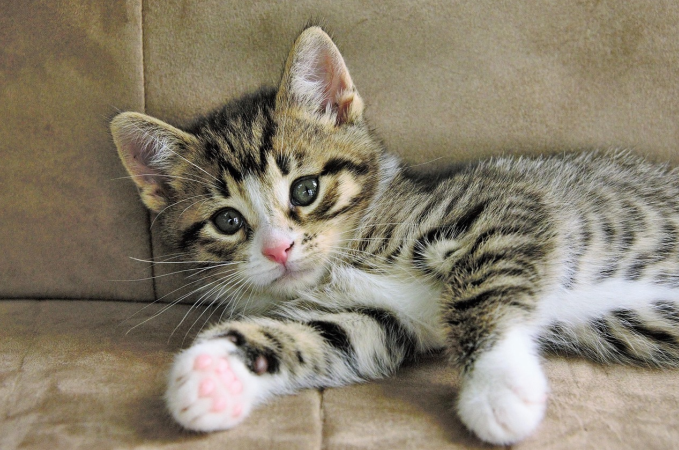
Most people identify striped or swirled patterned cats as primitive members of the 'tabby' breed although this idea is completely incorrect. That’s a common misconception. The use of 'tabby cat' does not define a particular cat type because it functions as a coat description rather than a breed-specific term.
This cat description refers to a distinctive coat pattern that occurs throughout multiple breeds of cats. A tabby cat displays various coat patterns including vertical stripes as well as circular spots and random swirls that frequently incorporate an 'M' pattern on their foreheads.
Tabby cats occupy a prominent place among pet animals throughout all locations worldwide. This common pattern appears across every cat breed from alley stray cats to exhibition show cats which establishes the tabby pattern as one of the most recognizable markings in the feline world.
In this guide, we will provide comprehensive information about tabby cat characteristics. We will describe the coat pattern science which connects to the various marking patterns as well as their usual personality traits before discussing their proper care needs.
A tabby cat functions as a description for a specific coat pattern rather than representing a particular breed group.
A tabby coat consists of an identifiable appearance that works across all types of cat breeds. People who state ownership of a tabby only describe their pet's physical appearance without providing ethnic background information.
The agouti gene determines the formation of a tabby pattern in cat coats. Each hair of the cat's coat receives its color from this particular gene. The multiple color bands within each hair result in the distinctive appearance that defines the tabby.
Only the appearance of tabbies differs because their breed types vary independently. Multiple uncommon tabby patterns exist which display different distinctive visual appearances.
The distinct appearance of tabby cats runs through several different breeds of feline thus allowing us to enjoy their remarkable beauty across an extensive range of cat varieties. The periodic bands of color on the tabby's fur occur because of the agouti gene's exceptional methods.
The development of the tabby cat pattern goes back numerous centuries. Records indicate that wild ancestors including the African wildcat passed down the tabby pattern which became part of domesticated cat genetics. Their unique pattern enabled them to match the surrounding environment of grass and bushes so they could remain unnoticeable.
The Arabic word 'attabi' describes a striped silk fabric produced in Baghdad's Attabiyah district so the term 'tabby' is probably derived from this source. The silk's appearance with markings matching tabby cats eventually led people to use this label.
Folklore and superstitions show prominent appearances of tabby cats. Throughout history, stories have connected the forehead marking of tabby cats to the name Mary which refers to the Virgin Mary who blessed a tabby cat that offered comfort to Jesus during his infancy. Two different legends about tabby cat markings describe their origin as a prophetic source or a result of magic.
Throughout history, the distinctive markings of tabby cats have continuously intrigued ancient cultures and creators of old stories.
Tabby cat patterns exhibit diverse appearances in different cats. The classic 'M' pattern sits on the forehead of all tabbies but these cats present various body markings between them. Various tabby patterns exist with different distinctive looks between them. Let’s take a closer look at each one.
The traditional tabby pattern creates visual effects that resemble marbled swirls throughout its body. You can find butterfly markings on classic tabbies during an aerial view near their shoulders together with an appearance of an oyster design on their sides. The bolder wider markings on their body produce a dramatic appearance in this tabby pattern.
The characteristic 'M' forehead pattern on classic tabbies stands out most prominently among all tabby variants because it appears prominently across all of these patterns. The American Shorthair along with British Shorthair cats frequently display this pattern.
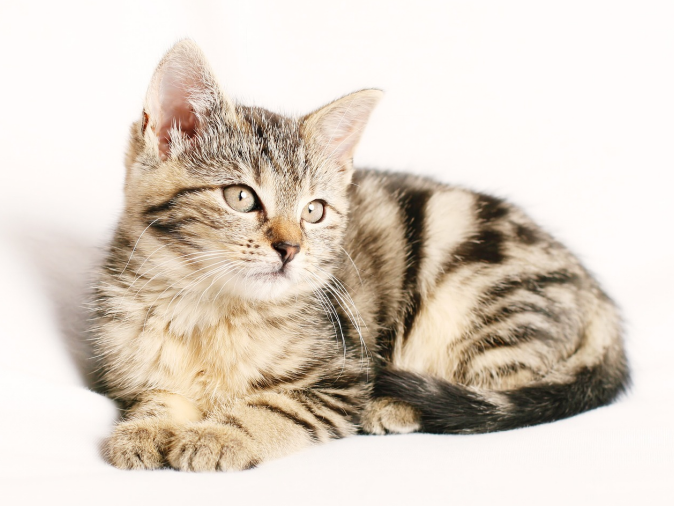
Mackerel tabbies display precise lines of parallel stripes that extend from shoulder to shoulder on both sides of their body. Vertical striping across the cat's body produces a tigerrine effect that earns this pattern its nickname as the 'tiger cat.'
A mackerel tabby displays fish-like skeletal features because the standardized pattern shows a main spinal stripe with smaller striping extending from it just as a fish skeleton would. The forehead of this tabby type bears the same distinctive 'M' shape that appears on other tabby variations.
If you own a Mackerel Tabby cat, you should have an automatic feeder like the ones from WOpet so your cat can be fed automatically.
The spotted tabby has spots instead of traditional stripes or swirls as patterned markings on its body. The spots on this pattern range from tiny to large shapes that appear randomly over the body surface of the cat.
The spotted tabby results from a pattern modification which started as a mackerel tabby. The stripes of mackerel patterns occasionally divide into tiny dots that produce a spotted pattern. Bengals express their wild and leopard-centered coat appearance through this fur pattern.
Ticked tabbies stand apart from other patterns since their body lacks distinctive striped or spotted markings. All hairs within the cat's coat contain bands with different colors. Thus the specific fur coloration becomes similar to sea salt appearance without clear patterns.
The body of ticked tabbies shows fewer markings than their face and legs resulting in a uniform appearance. A typical representation of the ticked tabby pattern exists in the Abyssinian breed of cats.
A torbie or patched tabby results from the merger of a tortoiseshell and a tabby cat. The distinctive coat of these felines displays tabby stripes and the addition of red and cream-colored sections. Scientists prove the occurrence of this pattern exclusively in female cats because of coat color genetics.
Every patched tabby cat remains a unique individual since their colors differ dramatically among lines. Tabbies show their vibrant personalities through their bright and vibrant coats which shine like a megawatt star.
Learning about tabby patterns makes it possible to fully recognize the wide array of tabby cat body types. The tabby breed presents itself through three distinct coat patterns which range from striking striped patterns to delicate ticking and overall wild cat resemblance.
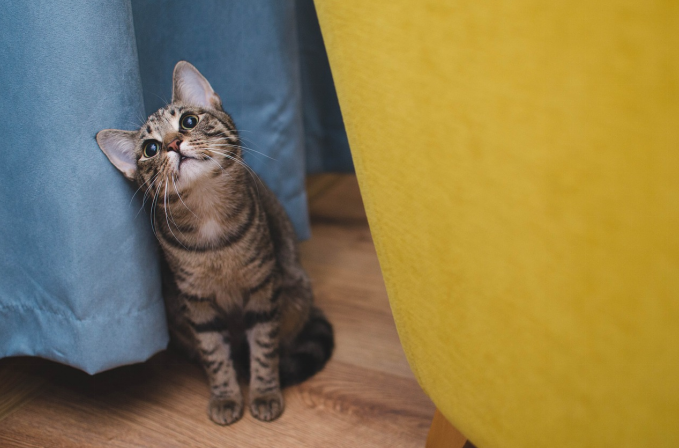
Various individuals maintain that tabby cats possess certain individual traits that make them different from other cats though they are said to be playful cuddly and smart. People who enjoy sharing feline anecdotes repeat these amusing tales among fellow cat enthusiasts though the actual situation remains complex.
The colors and markings found in tabby cats do not produce any discernible effects on their personality traits.
A cat develops its personality through various factors ranging from its breed background to genetic inheritance childhood encounters and the environment it experiences in its home. The friendly nature of your tabby extends beyond its pattern but derives from other factors in its development.
Some owners of tabby cats describe them as outgoing and intelligent or affectionate creatures. Probably the frequent occurrence of tabbies as a breed pattern causes people to share more anecdotes about them when compared to rarer cat colorations.
The character traits of tabby cats vary between pets but owners commonly describe these cats as active and affectionate housemates. Each cat should be known personally before making judgments about its personality. A cat's personality stands unique from its coat pattern despite what type of fur it possesses.
The requirements for caring for a tabby cat follow the same guidelines as cat ownership in general. Nothing is more important than love attention and regular care because tabbies rely on these aspects to stay content and fit. Basic care for tabby cats requires proper nutrition together with regular grooming and necessary health checks.
A balanced diet represents a fundamental aspect of the care of tabby cats. Select the best food type between dry food wet food and mixed products while verifying it accommodates your cat's age and health status. Your tabby cat needs unrestricted access to fresh water at all times.
Grooming depends on the breed. Tabby cats with short coats require weekly grooming but owners with Maine Coon type longhairs must brush their cats more often to stop matting and minimize shedding.
Visits to the veterinarian become necessary for health management. Regular veterinary care includes vaccinations as well as yearly examinations to identify health problems early. Furthermore, your cat requires prevention against fleas and ticks.
Playtime is also important. Active and non-boredom maintenance requires both mental and physical stimulation for cats. Three essential things that will entertain and occupy your cat are toys scratching posts and spending time with you.
Tabby cats do not represent a separate breed because many various feline breeds contain this lovely coat pattern. The classic tabby presents swirling patterns but the ticked tabby showcases subtle sheen.
Tabby cats do not come with set personality traits but owners commonly observe their pets being loving active and intelligent. The large number of popular breeds that carry this attractive pattern including Maine Coons and Bengals makes these felines both inexpensive to acquire and delightful to love.
We recommend you to shop automatic cat feeders fromthe WOpet store so your cat gets the nutrition it deserves.
Label:
Popular Post
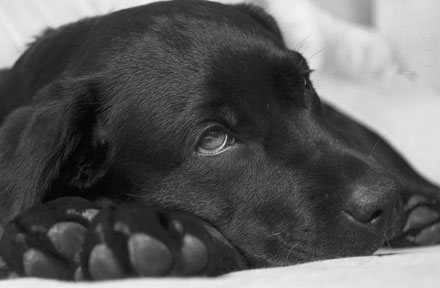
What to Feed a Sick Dog With No Appetite? [2025 Guide]
May 16, 2023
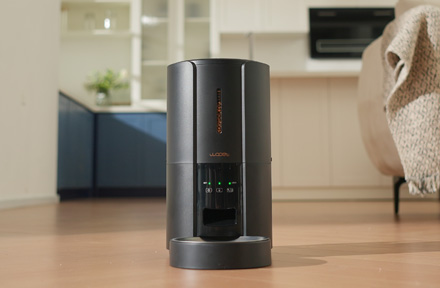
Troubleshooting Common Issues with Automatic Pet Feeders: Tips & Tricks for Pet Owners
Oct 26, 2023
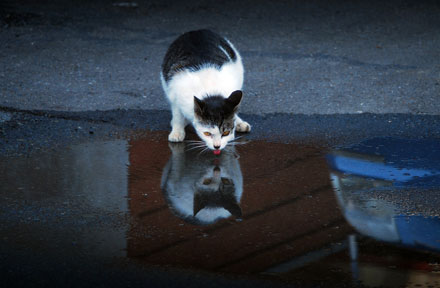
Why Does My Cat Cough After Drinking Water? 8 Potential Reasons
Mar 13, 2023
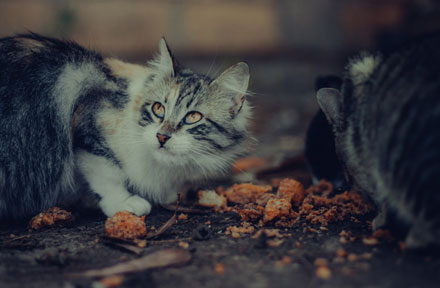
My Cat Only Eats A Little at A Time - What to Do?
Feb 27, 2023

Why Is My Dog Being Destructive All of A Sudden?
Feb 04, 2023
$99.99
$129.99
Copyright © 2025 WOPET. All Rights Reserved.